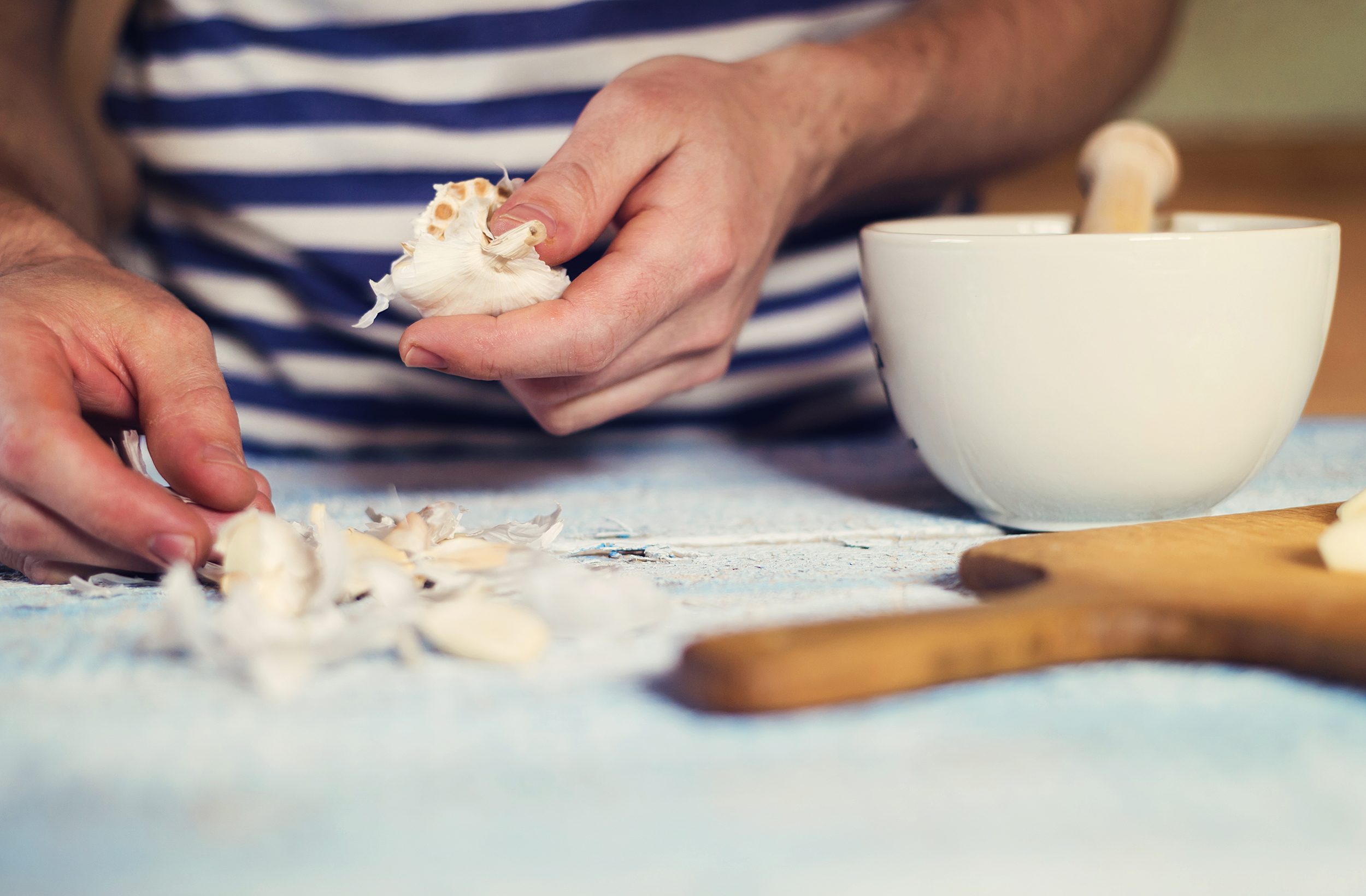I love to cook. There’s something deeply fulfilling to me about finding a new recipe (or digging out an old favourite) and spending a day off shopping, prepping and cooking. I love that a recipe gives me the guidance to put ingredients together in ways I sometimes don’t trust myself to do. When I’m making a special meal or trying something new, I have a couple of go-to cookbooks I use because I know the recipes will always work. I buy the ingredients, I follow the recipe to the letter, and voila – a delicious meal!
But sometimes – who am I kidding? – most of the time – I don’t have the time and energy to make sure I’ve got all the ingredients a particular recipe specifies. Instead, I’ll look at what I have, think about what I want, maybe refer quickly to a recipe or two for ideas, and then go to it. Most of the time it works out pretty well. Sometimes the result is just okay, and very rarely is there a disaster and an ensuing phone call to the neighbourhood pizza place.
Is there a favourite recipe that you used to follow exactly, but over time has evolved with a substitution here, a tweak there? Perhaps you don’t even look at the recipe anymore, but years of practice working with ingredients and cooking methods has taught you what works and what doesn’t – what flavours complement or overwhelm each other, what works better boiled, sauteed or baked. Chances are that you often don’t cook from a recipe but take a similar approach to mine, taking into account what’s in season, what’s in your kitchen and what your preference is on a particular day.
I believe we can think about movement in the same way. We are different every day – our mood, energy, stamina, strength and mobility depend on a number of variables – how we slept last night, our level of activity yesterday, our mental health, the time of year, time of day, nutrition… If we rely on the same two or three exercise routines to maintain and improve our fitness, we’re ignoring a huge amount of information that could make our time spent moving more efficient and enjoyable. Here are some tips I offer my students and clients:
- Notice your body’s mood – if you’re feeling sluggish, consider doing something a bit more dynamic to shift your energy. If you’re feeling wired or anxious, practicing movements that are settling and calming may be helpful.
- If pain levels have been ramped up lately, consider a gentler, shorter practice and work on stability in more subtle ways with less load.
- If you’ve been feeling good lately – more active and energetic – include movements that are more challenging for you or add challenges to your go-to movements.
- There are ways you can adapt every movement you do, depending on how you’re feeling – here are a few suggestions to play with:
- Slow down, taking momentum out of the picture.
- Speed up and notice how that affects relationships through your body.
- change your relationship to the ground.
- Experiment with different ranges of motion
- Think outside the box – move in multiple planes – play with circles, spirals, oblique angles.
- You don’t have to carve out 30 minutes or an hour for your movement practice. Put on your favourite music and dance for five minutes – that will feed your body and your spirit. It’s also a great way to take a break if work entails lots of sitting.
- If you are resisting getting moving, choose one movement or exercise that you like, that feels good, and that you’re good at. Do that for a few minutes, and then give yourself permission to keep moving, or to walk away.
There are a lot of different ingredients in this “movement soup” and using the same recipe over and over again won’t work. Listening to our bodies means more than just noticing whether something hurts or not when we do it. We need to pause and taste a lot – noticing differences between work and strain, tone and rigidity, mobility and vulnerability – and adding a pinch of this or a dash of that according to how we’re feeling in each particular moment.
I view my classes and my 1:1 work as the starting point for this home cooking. I show you into the kitchen, point out the ingredients and the tools, offer suggestions and help you decide what you’d like to cook today, whether a snack, a sandwich or a full meal.
Spring Zoom classes continue until June 30; if you’d like to learn about some new ingredients for your movement soup, please join me! The fee for the remainder of the session is $90, and your registration includes access to four live classes per week, as well as unlimited access to on-demand recorded classes. More information about classes is here.
I’m creating more time in my schedule for 1:1 private yoga therapy sessions; I help people out of pain by empowering them to be in better relationship with body, mind and spirit. If you’re stuck and need help, reach out to me for a free 30-minute consultation, no strings attached.




